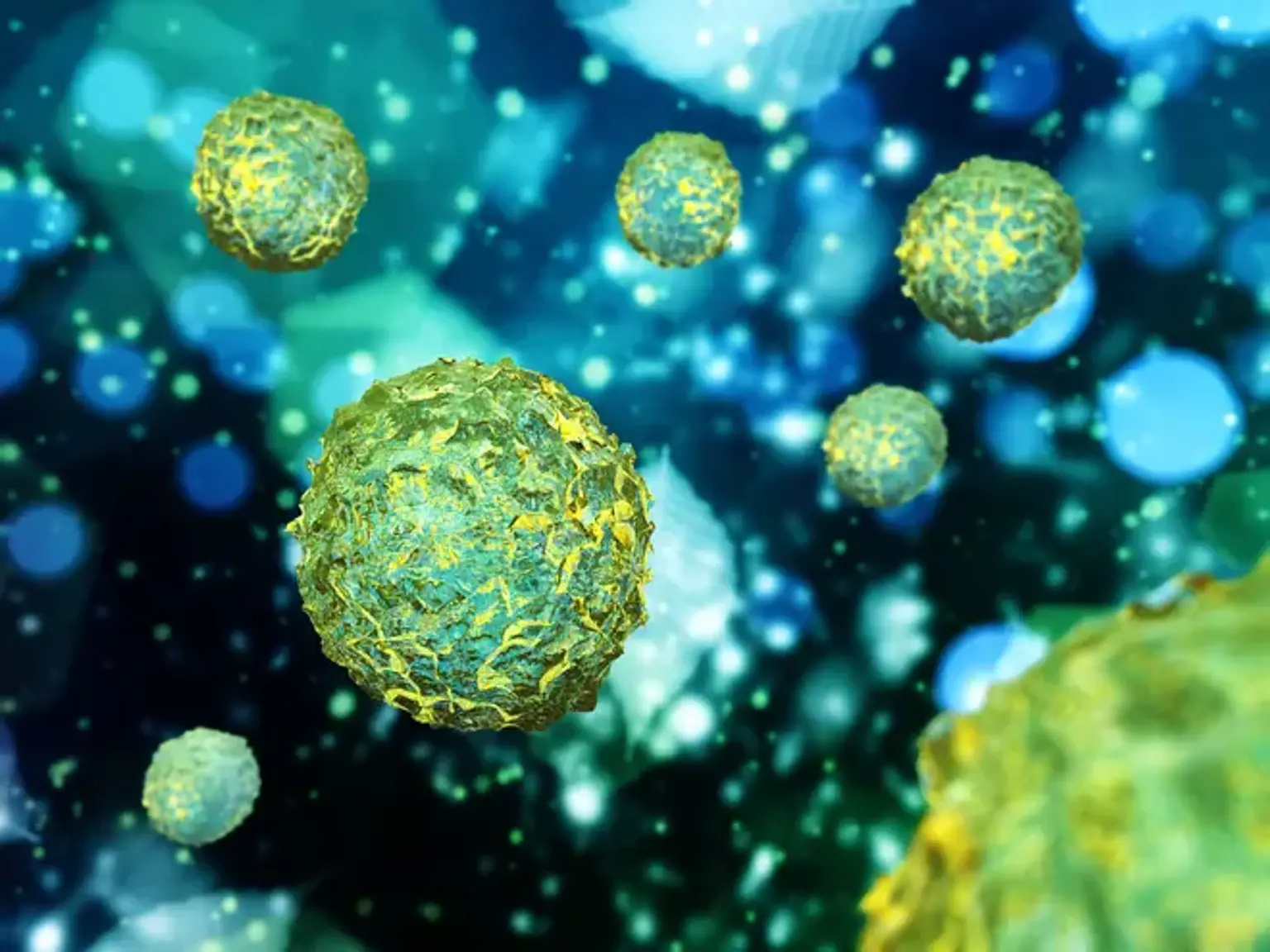Mesenchymal Stem Cells
Overview
Mesenchymal stem cells (MSCs) are a common cell type employed in regenerative therapy. They might be suitable for future experimental or clinical uses. MSC differentiation, mobilization, and homing pathways are complicated. Because of their multipotency, mesenchymal stem cells are an appealing candidate for therapeutic applications.
